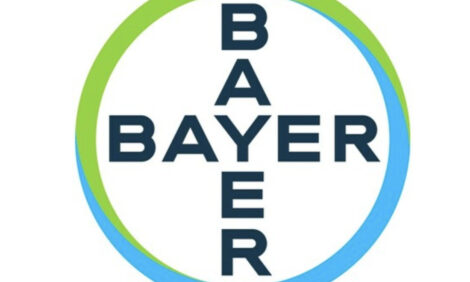



Advancements in Feed Analysis by NIR Set to Deliver Greater Benefits to Feed Formulation
GLOBAL - New developments in Near Infrared Spectroscopy (NIR) technology are unlocking greater insights for the feed industry, which should mean improved returns for producers.Whilst NIR has been used in traditional ‘proximate analysis’ for some time to measure components such as fibre, protein and moisture, this has recently been extended to include in vivo metabolisable energy measurements, reactive lysine and phytic P.
Dr Sophie Parker-Norman, Global Technical Manager at AB Vista, says this pioneering approach has far-reaching implications for the industry.
“Any deviation from target feed formulation specification translates directly into economic losses, through higher feed costs or lower animal performance. At a time when feed production makes up 70% of variable animal production costs, utilising NIR to measure metabolisable energy, reactive lysine and the phytic P content of feedstuffs has real potential to better support supplier selection, optimise rations and improve feed efficiency.”
Dr Parker-Norman says the comprehensive measurements can bring significant improvements to accuracy, quality and sustainability of feed production.
“The use of NIR beyond proximate analysis looks set to benefit the industry as a whole, providing valuable insights for those involved in feed milling and quality control, as well as nutrition and animal production.”
Measuring the levels of metabolisable energy, reactive lysine and phytic P will enable more accurate decisions to be made about feed formulation, particularly because there is significant potential for variation in these components, Dr Parker-Norman says.
“The energy value of different cereals can vary by 1.5MJ/kg. With this worth between €5 and €25 per tonne of feed and 500 million tonnes of feed produced per year, measuring metabolisable energy using NIR is economically important.
“Heat damage of proteins can also affect the precision and cost effectiveness of feed formulation. NIR can be used to measure the reactive lysine content of protein meals; an assessment of heat damage obtained during processing as well as an indication of the usable protein content of feedstuffs.
“Finally, phytic P varies between different feedstuffs and within a single raw material – and it is an important figure to know when deciding how much phytase to add to feeds. NIR technology can analyse that content, giving the nutritionist better control and confidence that there is enough substrate for the enzyme to act on.”
These three measurements are available through AB Vista’s Feed Quality Service. A new video from the AB Vista Extraordinary Science Brought to Life video series provides more detail on better feed formulation with the use of NIR technology and can be viewed at the AB Vista website: www.abvista.com/news/Extraordinary-Science-Brought-to-Life-video-series.aspx
For more information, contact AB Vista on +44(0)1672 517 650 or [email protected].








